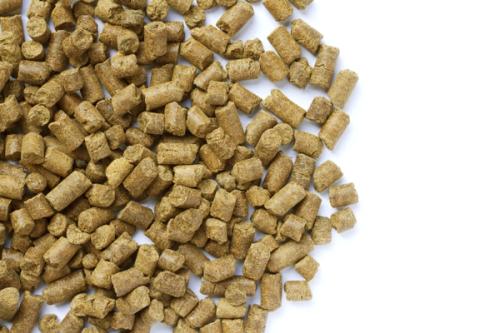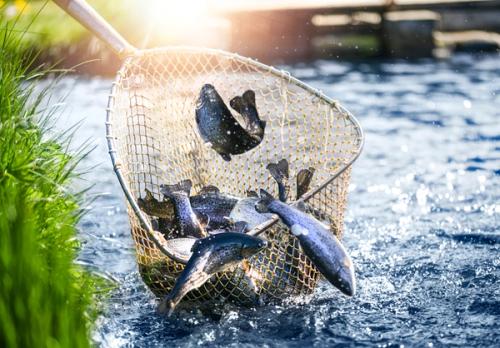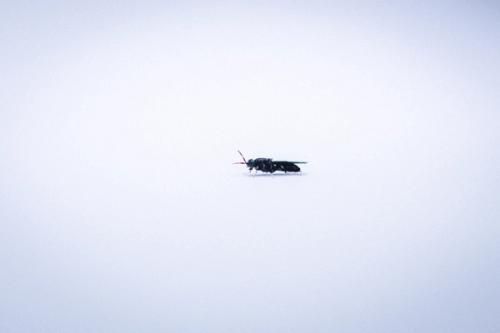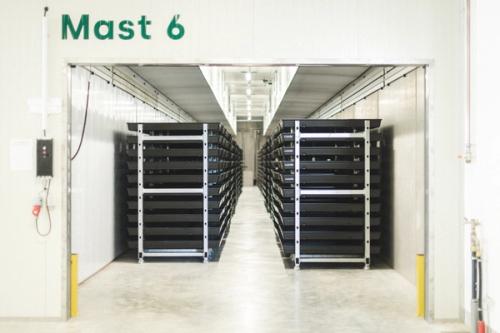Insects as feed
An environmentally friendly and sustainable alternative.
The use of insects opens up completely new perspectives for efficient and sustainable food production. In particular, the production of innovative feed for species-appropriate and environmentally compatible livestock farming with the help of insects holds immense potential. In the wild fish, chicken and pigs feed to a considerable extent on flies, beetles and worms. So why should we deprive our livestock and pets of their natural food source?

Insects against overfishing
Sustainable thinking.
Insect proteins can be an excellent food source for aquaculture production. It can be used as substitute for fish meal and therefore reduce the environmental foot print of food production in the aquaculture sector.

Facts and figures
20 Mt
of fish are processed into fish meal every year.
19 %
of all dogs suffer from protein-induced feed intolerance.
60 %
of the natural diet of trout consists of insects.
Our solution
Hermetia Illucens
Our solution to counteract the problems of global food production is based on a small fly called Hermetia Illucens (soldier fly). This fly offers fast growth and efficient biomass conversion while feeding on waste streams. Therefore we tackle two problems at once and contribute to a sustainable transformation of the food industry.

Facts and figures
90 %
of the proteins in their feed can be converted to biomass by Hermetia illucens.
1000 kg
Insect meal we can produce on one m² per year.
800 Mio. €
have been invested worldwide in the development of insect breeding technologies over the past 5 years.
Our process
Insect protein production is a multi-step process and requires great care in each step.
We utilize the larvae of the black soldier fly for upcycling waste streams to a high quality insect protein. Our larvae are exclusively fed on side products, which are authorized as feed stuff by EU regulations. Thus we can guarantee a stable process and prevent contaminations. The black soldier fly can be farmed very efficiently on small space. For one metric ton of product per year only one square metre of production area is required.
